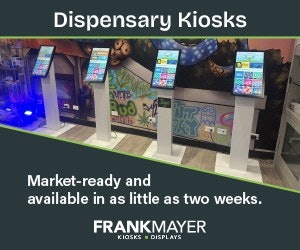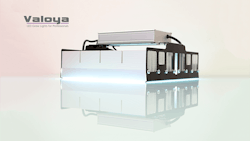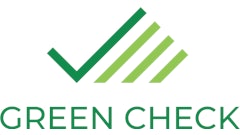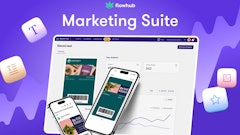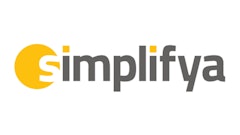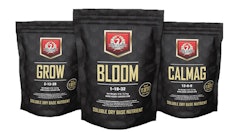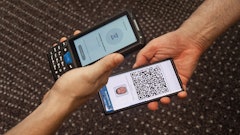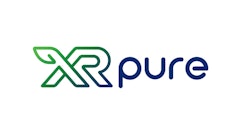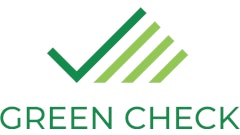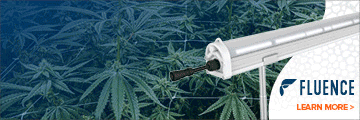Woodstock, IL.--PRESS RELEASE--Innoquest Inc., maker of precision meters for the agriculture sector since 1993, has introduced a versatile quantum PAR light meter for large and small greenhouse growers, as well as hobbyists using artificial lighting to grow plants indoors.
any source, including LED lighting.
Up until now, growers have spent up to $1,500 for a PAR light meter. The SpotOn Quantum PAR Light Meter will retail for $295, making it not only affordable to the hobby and small growers, but also for large growers looking to purchase multiple units for several greenhouses, researchers at universities, and anyone relying on artificial light to grow plants.
“This tool was invented to allow growers to obtain fast readings in three different modes of operation,” says Bill Hughes, president of Innoquest, Inc. “Before this tool, inexpensive light meters weren’t compatible with LED lighting. Growers had to use expensive, research-quality light meters.”
Why PAR Readings Are Important
Photosynthetic Active Radiation (PAR) is the best measure of the quantity of photosynthetic light that is reaching the surface of the plant and is measured in micromoles per meter squared per second. Like monitoring the pH of the soil, taking regular PAR readings of a light source will help growers make decisions regarding the type of lights they are using, when bulbs need to be replaced, how close to suspend light fixtures from plants, and deciding if it is time to replace a greenhouse covering.
Three Modes of Operation
This compact, water-resistant light meter features three modes of operation that provide growers all the information they’ll need to monitor and make any adjustments to their lighting:
- Instantaneous PAR light readings
- Scan function to quickly average a coverage area
- Daily Light Integral (DLI) display (measures the cumulative total amount of PAR that reaches your plants during a 24-hour photoperiod).
How It Works
The simple to use SpotOn Quantum PAR Light Meter takes PAR readings about once per second. The meter’s software automatically stabilizes readings from 50 or 60 Hz light sources. To obtain an average reading for a lighted area press and hold the SCAN button and wave the meter throughout the area where you want to obtain the reading. Scanning can be done for up to 35 seconds.



